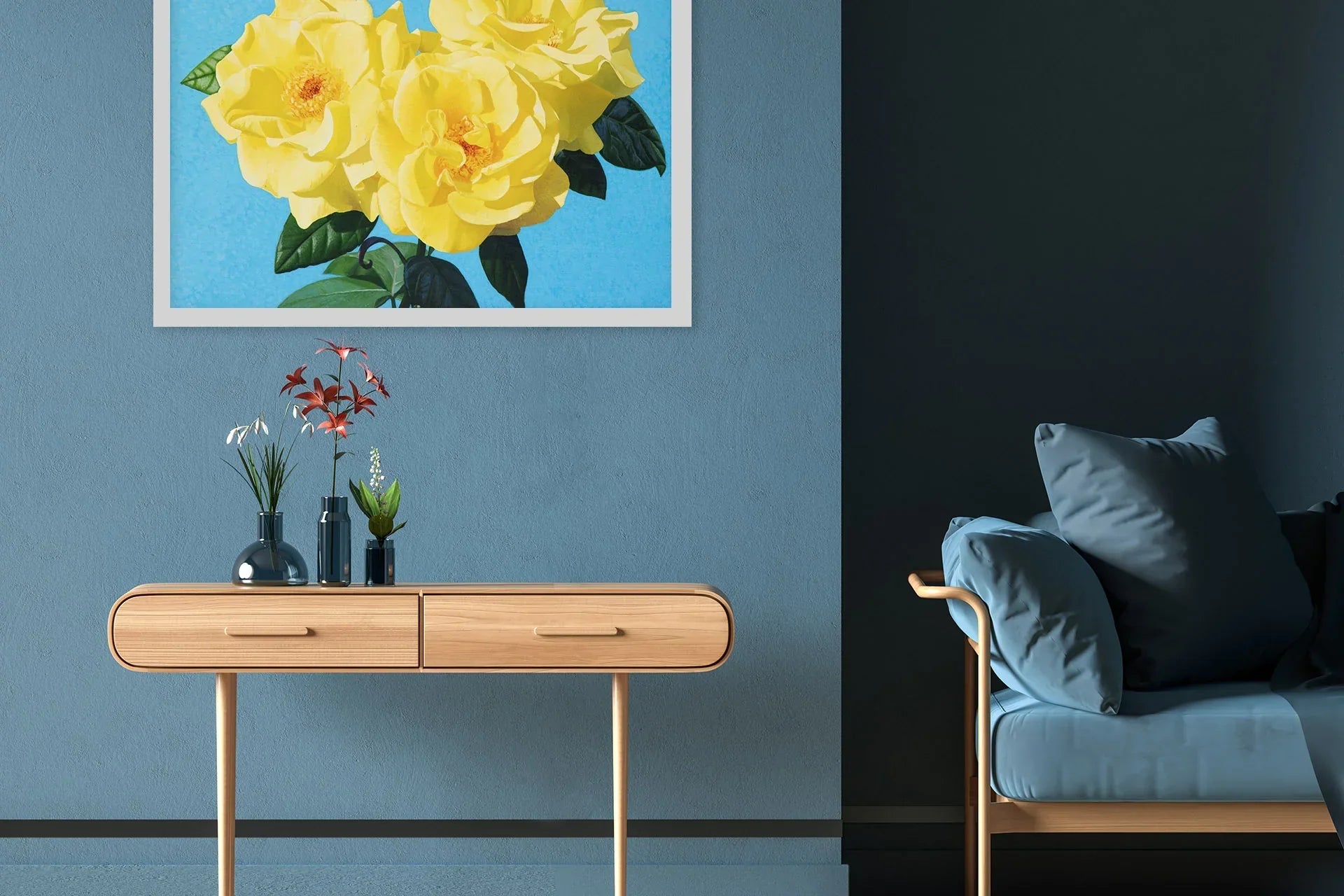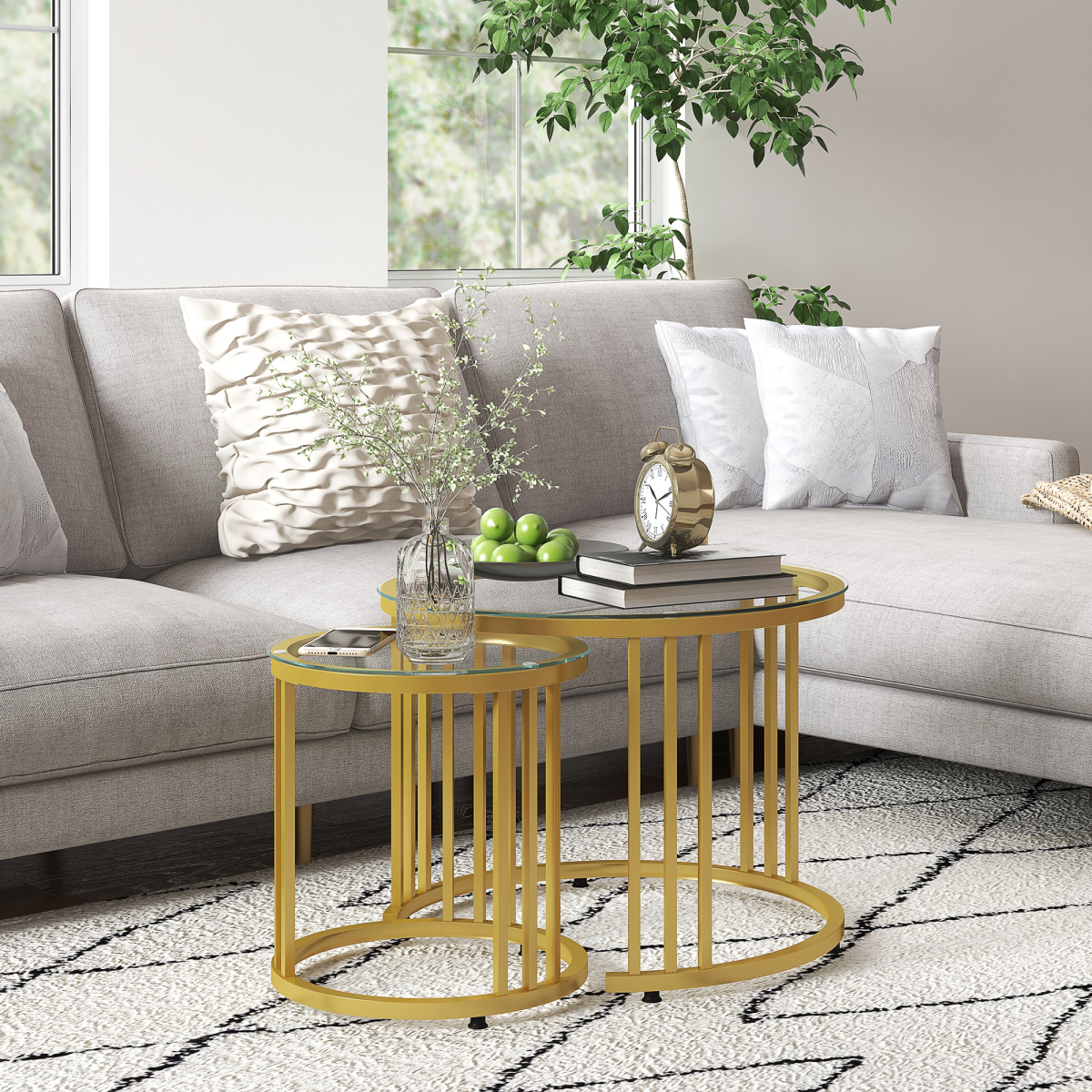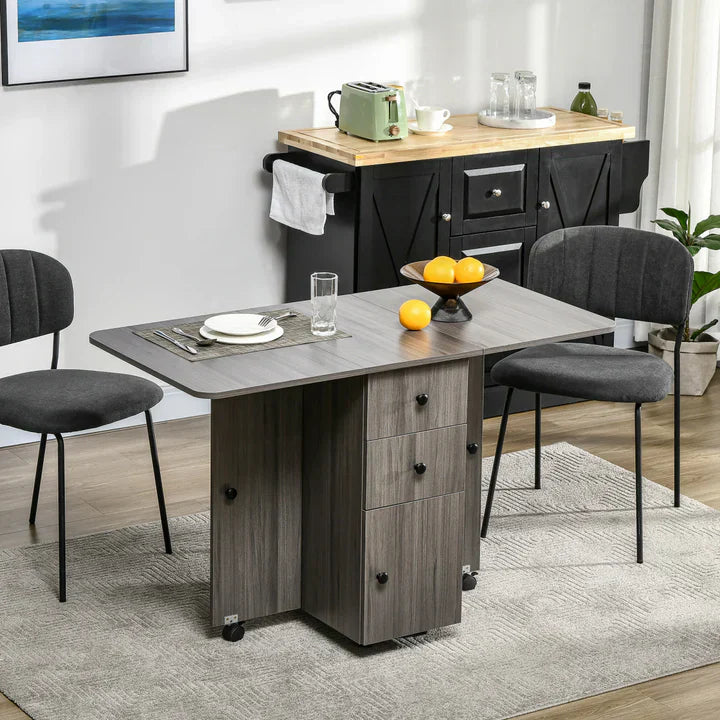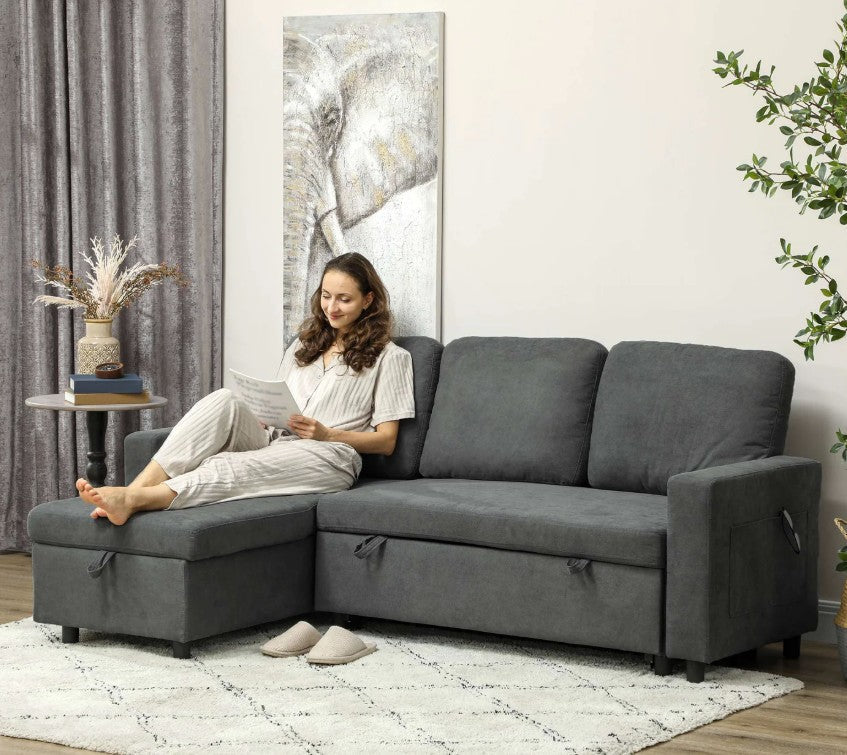Cart
0
What Makes Console Tables Useful
Console tables are great practical pieces of furniture for living rooms, hallways or bedrooms. They are narrow enough to fit against walls without taking up much floor space, which makes them particularly useful in smaller homes. While they're commonly used in hallways and entryways, they work well in most rooms where you need a surface without the bulk of a full-sized table.
Everyday Uses
Most people use console tables as a surface for everyday items - keys, mail, or a lamp. In living rooms, they often end up holding family photos or plants. Some make good use of them as makeshift workspaces, especially in homes where dedicated office space is limited.If you need storage, look for models with drawers or shelves. These features help keep clutter managed, particularly in entryways where items tend to accumulate. The storage doesn't need to be extensive - even a single drawer can be surprisingly useful for storing things you'd rather keep out of sight.
Construction and Materials
The basic materials for console tables have not changed much over time:Wood is common and practical. It's durable enough for daily use and can be repaired if damaged. Different wood types offer varying levels of durability - at Home Symphony we provide a range of different wood types from solid acacia, mango wood or pinewood.
Metal-framed tables often pair with glass or wood tops. They tend to feel less bulky in a room, though glass tops do show fingerprints and need regular cleaning.
Sizing Considerations
When measuring for a console table, keep these points in mind:- Leave enough space to walk past comfortably
- Consider the height in relation to other furniture
- Think about what you'll keep on it - some items need more depth than others
Making It Work
The key to choosing a console table is focusing on how you will actually use it. Think about what typically ends up on your current surfaces and what storage you might need. This helps avoid buying something that looks good but doesn't serve your daily needs.
Simple designs often work better in the long run. They are more likely to still suit your space when you update other furniture, and they can adapt to different uses as your needs change.





